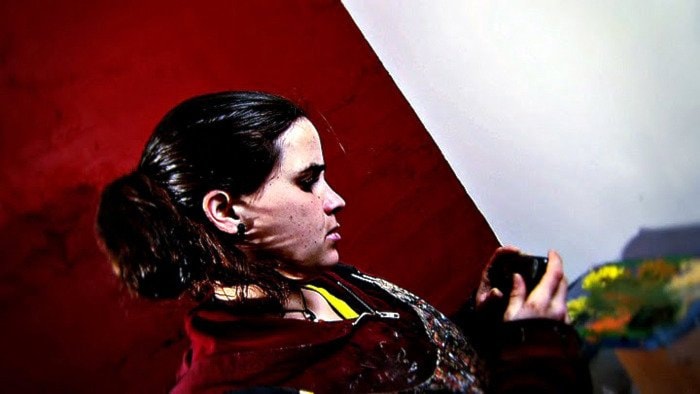The last person to communicate with Sheilah Sweatman before she drowned told a Nelson coroner’s jury Thursday he couldn’t figure out any way to save her.
Al Moreau, of South Columbia Search and Rescue, was involved in rigging the rope system on one bank of the Goat River south of Creston during an operation to recover a submerged vehicle on June 29, 2011.
Sweatman, a Nelson Search and Rescue volunteer, attached a hook and chain to the overturned car’s undercarriage, but caught her leg in a steel chain and was pulled overboard when the vehicle moved.
Moreau testified he was earlier concerned Sweatman was standing on the boat’s floor instead of the frame, as he would have done, but didn’t say anything about it.
After she landed in the water, Moreau tried to wade out to her, but found the water too fast. They made eye contact and he told her to get on her back and grab a rope thrown to her, but she didn’t acknowledge it.
“She was yelling in pain,” he said. “She wanted me to get her, but I couldn’t reach her. I knew the situation was fatal and she did not have much time.”
Despite ropes, boats, and other rescue equipment at hand, Moreau said there was no time to implement a plan. One swimmer and a rescue boat also tried to reach her but were turned back by the current.
Moreau said a number of other options would not have worked: another rescue boat couldn’t be launched quickly, nor easily held in place, and trying to release the hook on the car would put someone at “extreme risk.”
Asked why her colleagues waited until the next day to recover her body, Moreau said he felt their mental state was compromised. “I didn’t feel we could put team back in water,” he said.
Moreau added while his risk assessment of the situation would be the same now as then, in a similar incident a powerboat might come in handy to try a clutch-and-grab maneuver. (His search and rescue branch now has two such watercraft at its disposal. It also this week issued risk assessment cards to members.)
Moreau said he would use a steel cable again in a recovery, but thought search crews should have their own hook-up devices and not rely on whatever was available in a tow truck.
The vehicle was eventually recovered with a nylon belt, but Moreau said he didn’t like using it, because it was bulky and floated, unlike steel rigging, causing drag.
Although he objected to its use, considering it more hazardous than steel rope, he was overruled. “It worked but it was very difficult,” he said.
Moreau also said a hand-held cutting tool would have been “useless” in the situation as he didn’t know how it could have been used or by whom.
He was further quizzed about the failure of the rope system to which Sweatman’s boat was tethered. He replied it was the first time he’s seen it happen, and blamed an overload when the vehicle dragged the raft down.
WOULDN’T DO IT AGAIN
Earlier Thursday, site leader Chris Armstrong concluded his second day of testimony, including intense cross-examination from Sweatman family lawyer Cameron Ward, who asked over 100 questions.
Armstrong was asked, as other witnesses have been, what he would have done differently. He said in retrospect, he wouldn’t do the job at all, even if it meant facing criticism from the family of the missing woman whose car was in the river.
He agreed hand-shears capable of cutting wire rope would be valuable — but didn’t know such a tool existed at the time.
Asked if search and rescue should use steel cable at all, he replied the first question is whether search and rescue volunteers should do vehicle recoveries.
He agreed placing the cable coil on the floor of the raft made it impossible for Sweatman to move around without stepping on or in it.
“We thought we could control that hazard,” he said. “Would I put a cable back on a boat with people? No.”
Armstrong also agreed written risk assessments would be a good idea.
Asked how Sweatman’s death has affected the search and rescue community, he replied it was “immense … Sheilah’s death will change how we do everything. We’ve come a long way from do-gooders in a pick-up truck. Now we’re asked to do very technical tasks. We’re our own worst enemies because we volunteer to do it.”
Midway through Armstrong’s testimony Thursday, coroner Matt Brown reminded the jury the inquest is about finding facts, not laying blame.
“There is a fine line sometimes,” he said, “but at the end of proceedings you are to review the facts and make recommendations. That is the lens through which you are to hear the evidence.”
Although Friday was originally set aside for jury deliberations, several witnesses are still waiting to testify.
